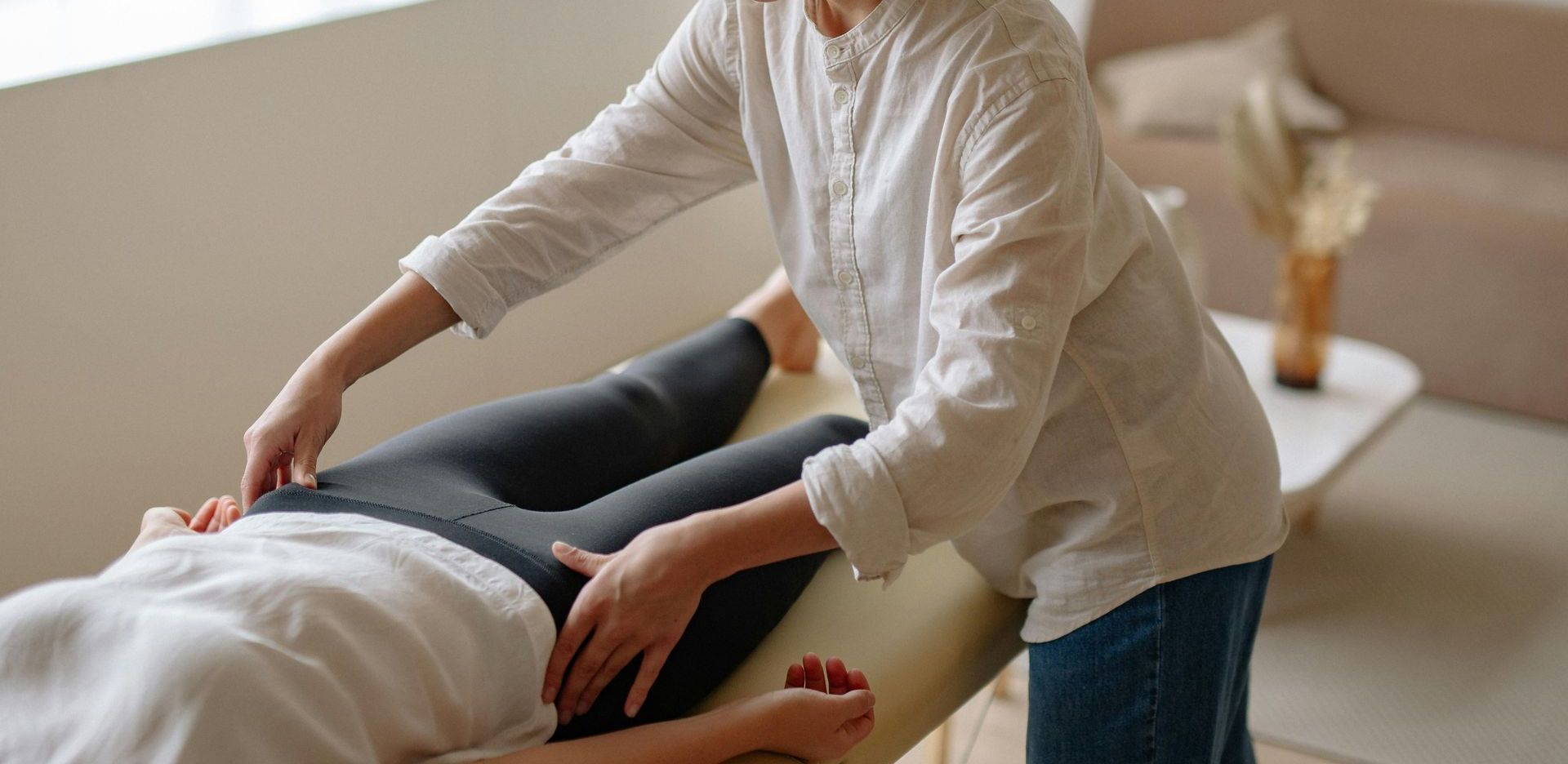What is Pelvic Floor Physical Therapy?
Also... what is a pelvic floor?

When people think about core muscles, they often think of the muscles that create the abdominal wall as well as the muscles that are surrounding the spine. However, they often forget about one other crucial group of muscles that helps form the core: the pelvic floor. The pelvic floor is a group of muscles that stretch like hammock along the pelvis. These muscles are not easily visible to the eye and are just now gaining popularity, but the pelvic floor muscles play a critical role ranging from supporting internal organs, helping with bowel/bladder functions, and even sexual function.
So what are the functions of the pelvic floor?
- Control your bladder and bowel: these muscles allow you to hold it in until you’re ready to go
- Support your internal organs: they support the bladder, intestines, and reproductive organs
- Enhance sexual function: a strong pelvic floor can improve sensation and support sexual health
- Assist with core stability: The pelvic floor is part of the core muscle system and helps with balance, support, and stability of the axial skeleton (the spine)
- Sump-pump function: the pelvic floor helps to move fluid through the lymphatic system from the legs all the way back to the trunk and heart
Now that we know what the pelvic floor is, what is pelvic floor physical therapy?
Pelvic floor physical therapy is a specialized form of PT that targets the muscles, ligaments, and connective tissues surrounding the pelvis. When individuals start to experience dysfunction with any of the functions listed above, pelvic floor physical therapy can be used to assess the pelvic floor and body as whole to see what is causing the dysfunction.
During the assessment, a pelvic PT can perform an internal exam to assess functions of the pelvic floor, how the pelvic floor moves with breathing, strength of the pelvic floor, and even what the pelvic floor does while you are bracing, coughing, or sneezing. The PT will also gather medical information about you, when your symptoms started and how long they have been going on, as well as assess your overall movements, like bending over to touch your toes, what your squat looks like, and what your hip strength looks like.
Some symptoms that may indicate dysfunction are bowel or bladder incontinence, constipation, difficulty voiding the bladder, pain with intercourse, and hip, back, or tailbone pain. If you are experiencing any of these symptoms you may benefit from pelvic floor PT. Your pelvic floor is a key part of your overall health, and it’s never too early- or too late- to start paying attention to it.
Whether you’re preparing for childbirth, recovering from surgery, or managing incontinence, taking care of your pelvic floor will benefit you as whole!








